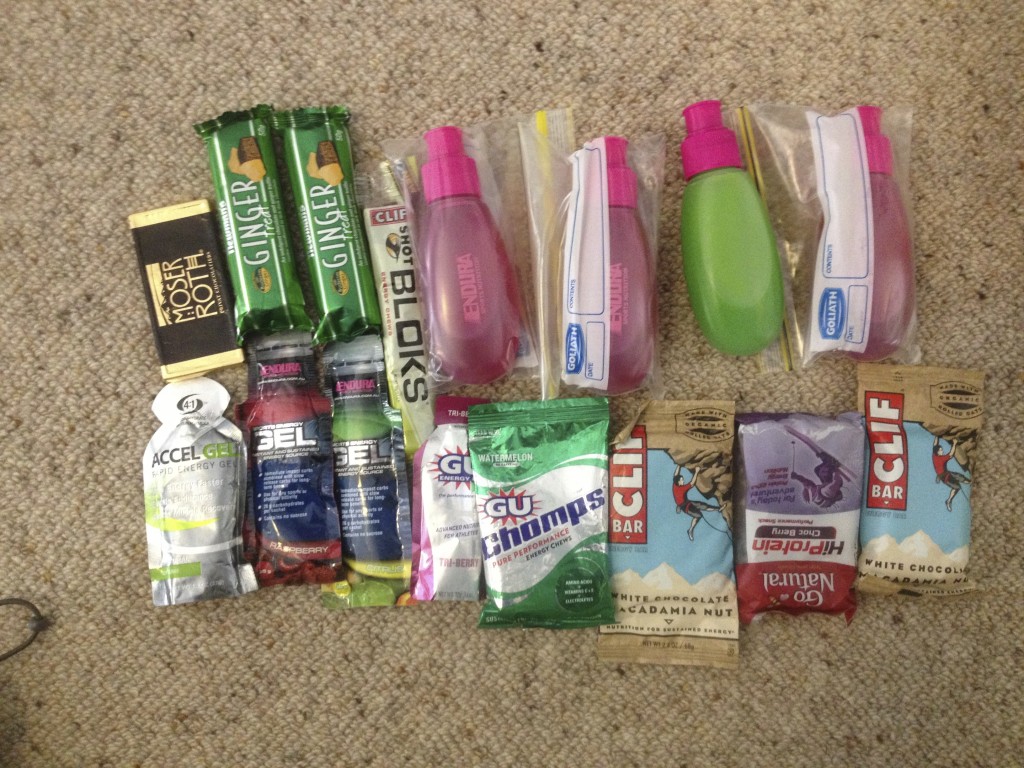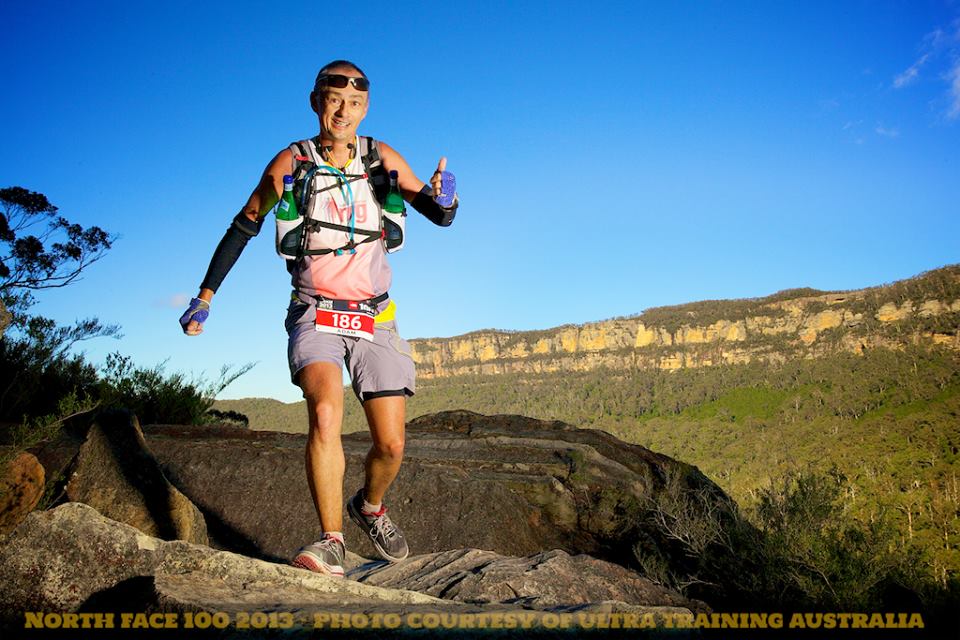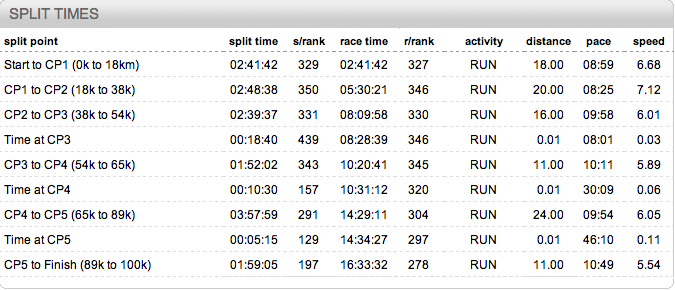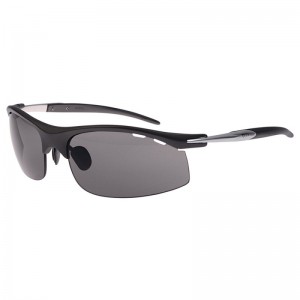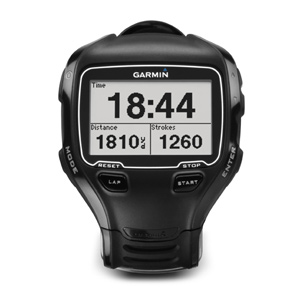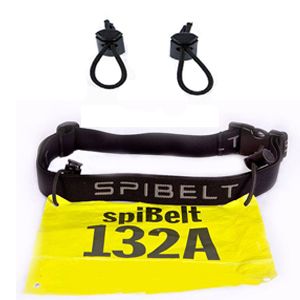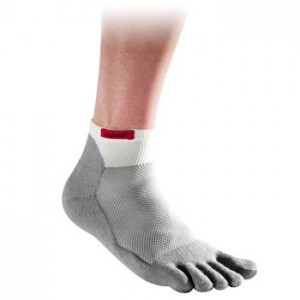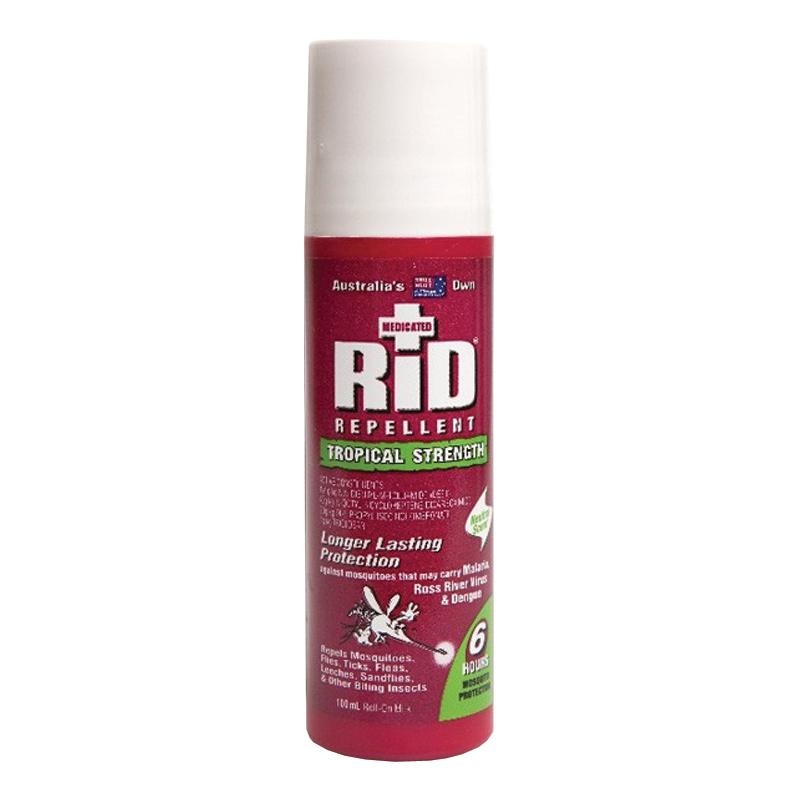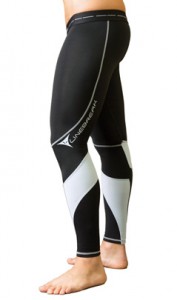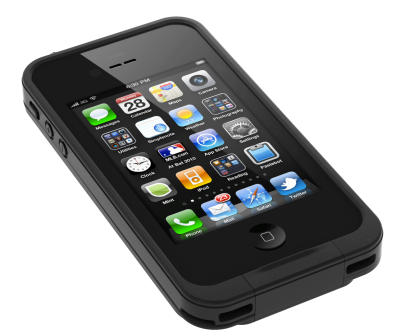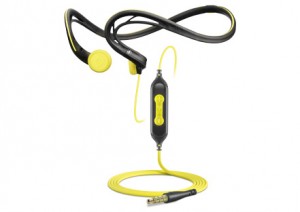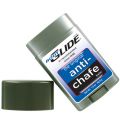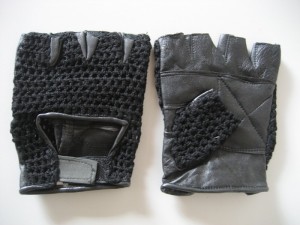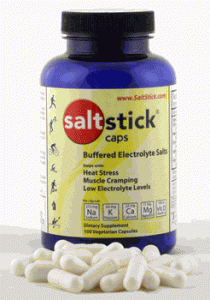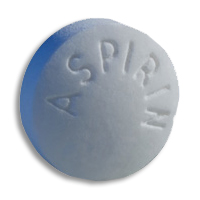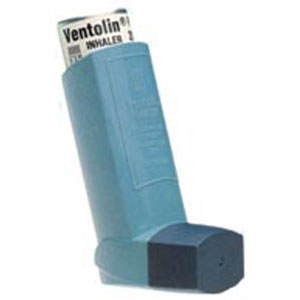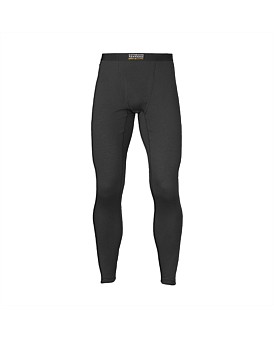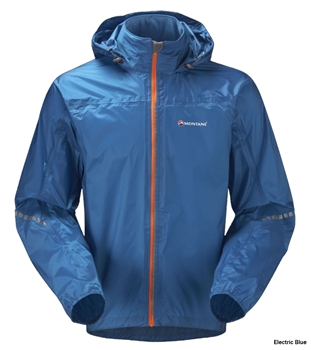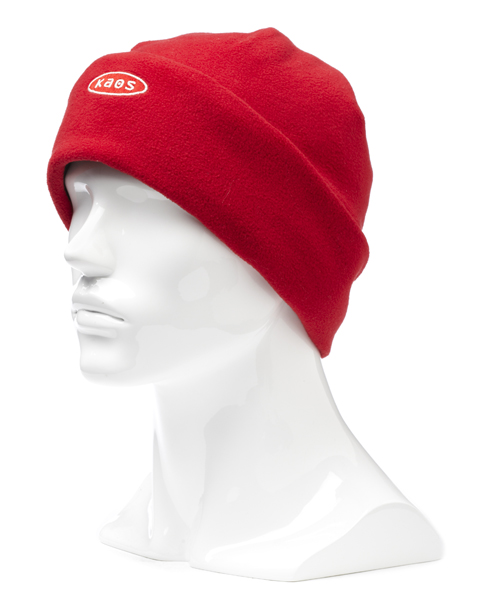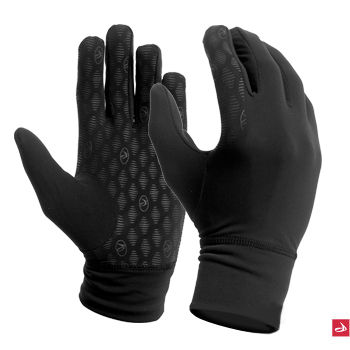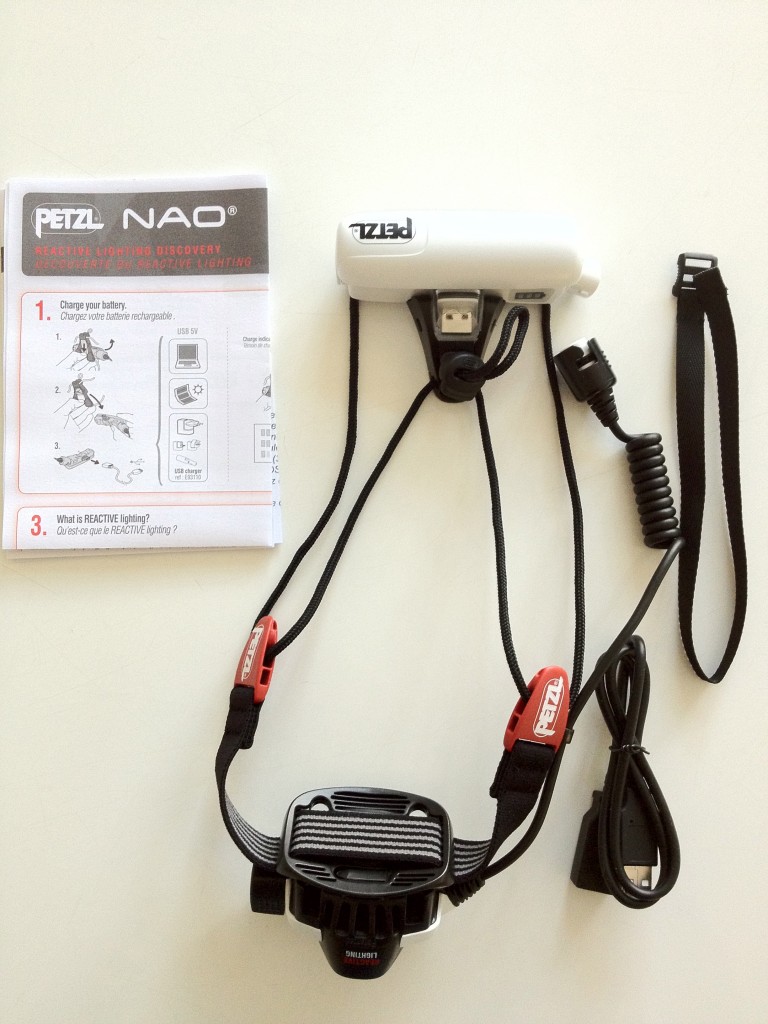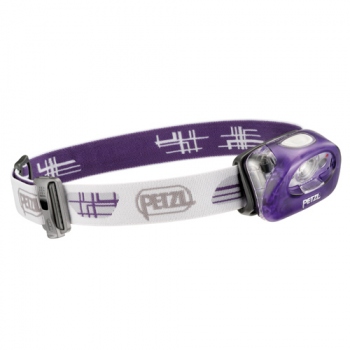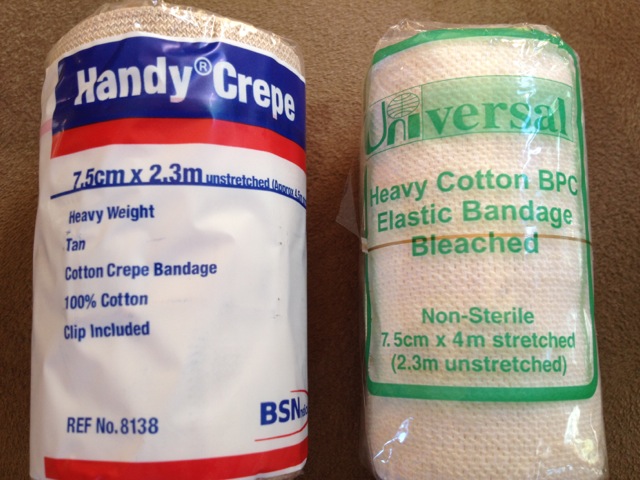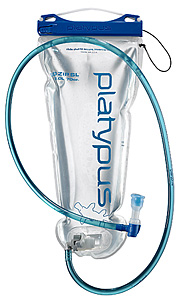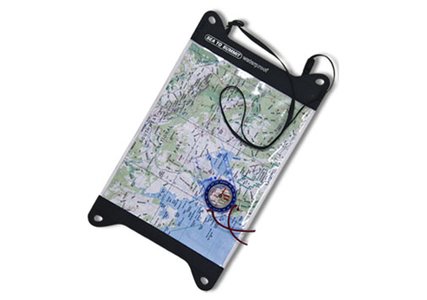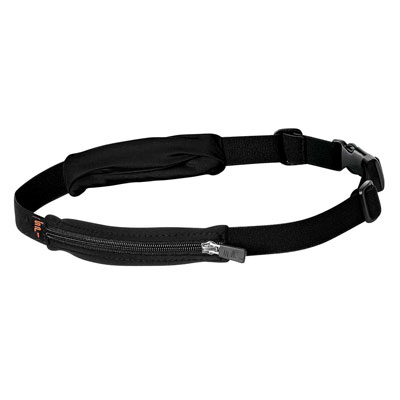I’ve wanted to do this run since I first found out about it several years ago. I mean, can you think of anything quite so preposterous as running from the Sydney Opera House to Gosford train station with no support? Awesome!
So let me just start by saying this one didn’t go quite as planned. A lot of people have a problem with a DNF, for me I’m not so concerned. I could easily have made the last 24km – the problem was I was getting slower and slower. Put simply- my family were right there, and it would be selfish of me to ask them to come back and get me in 4-5 hours time, hours after I had promised them. BUT- not my wife’s fault, completely my decision. Next time I’ll ask her not to come visit me on the course!
Anyway, read on if you want to hear more excuses, but I’m writing this mainly so that I don’t make the same mistakes in future. Here they come-
I was Over Confident
Yes it was only 3 weeks since TNf100, and last year doing the Glow Worm marathon 3 weeks after nearly killed me, but I’ve been recovering faster recently and well- I had a great TNF and just expected that my performance had gone up a notch. Consequently I didn’t do much training and got smacked in the face by this run. That’s healthy- if you don’t fail once in a while, you’re not trying hard enough. I can learn a lot from this.
I was Under Prepared
The few runs I’d had since TNF had mostly gone really well. However I hadn’t done much work on pace or any stairs, and pretty much expected to breeze through a 90km road run. I also hadn’t done any of my core exercises for 3 weeks- and I’ve found the core strength to be really key in taking stress off the legs on long runs. Bahaha, who’s feeling dumb now?
Went out Way Too Hard
I had a loose agreement with Annabel Hepworth to run together. There’s not too many people who do this run, and Annabel was the only one I knew who was about my pace! I’m normally pretty happy to run on the road at a steady 5:20 min/km, (5:41 is a 4 hour marathon), so I figured that I could aim for 12 hours, which is an average of 7:12. Another key statistic is that to finish a 100km run in 14 hours (a TNF100 silver buckle) you need to average under 8:24 over the whole run. I wanted to stick under this pace for psychological reasons- so I could prove to myself it is possible to do that distance in that time. Then I could focus on doing that distance in that time on the North Face 100 course- for next year! Annabel was having a great day to my poor, and shot off from the start. In any normal ultra I’d be trying hard to keep my heart rate down, but I found myself going way too hard many times in the first 30km. Once I looked down to see 158bpm, way above the sub 145bpm I would normally see as my limit in a long race.
Had Tired Legs
I’d been hoping that I wouldn’t feel too much left over from TNF100, but I do think it hampered my speed and my endurance. This has less effect every year perhaps by the time I’m 80 I’ll be able to back up more effectively.
Was Over Provisioned
I left the Opera House with 1.5 litres of water on board. I’d had 600ml of sports drink before we started, and drank 2x 600ml coke, 1x 375ml can of Fanta and 1x 600ml Powerade during my run. All of these drinks were purchased on the run. Amazingly I still had 250ml of water left after 68km. So, too much fluid.
I was also carrying-
3x chocolate bars
3x cliff bars
1x Growling Dog protein/ amino acid bar
4 or 5 assorted gels
assorted other food
6 flasks of home made gel- each flask containing equiv. 4x gels
What did I actually eat?
1x chocolate bar
1.5 flasks of gel
1x steak & kidney pie, purchased from Pie in the Sky
1x Growling Dog bar
Must have been about a kilogram of excess nutrition!
The Run
Starters were, in no particular order
Annabel Hepworth
Geoff Evison
Adam Connor
Roger Hanney
Grahame Wye
RunMikeyRun (CR name)
BalmainMike (CR name)
We decided on a start line just in front of the Opera House steps, had a couple of photos and then Geoff Russell who had come along to support gave us the signal to go. We very quickly broke into 2 groups- Geoff, Roger and Grahame in front and Annabel, BalmainMike and myself sweeping. At 6am it was still half an hour to the official sunrise, so we ran past a few drunks in doorways around Circular Quay and then up the stairs next to Bel Mondo and up to the bridge. Already I was trying to slow Annabel down to try to keep the band together, mostly out of self interest – I’m a social runner, not a loner! And I was worried about being able to keep concentrating on running past my house! Soon after the Harbour Bridge we were joined by RunMikeyRun who had started a bit late. He stayed with us for a couple of minutes then blasted ahead to catch the others.
I had studied the maps the night before, so I knew the path through St Leonards and Artarmon to Roseville. The three of us had a toilet stop at a service station, and then down Bobbin Head Road towards the campground another 10km away. It was clear that Annabel was gagging to take her foot off the brake, and I stuck about 75m behind her for most of this time. That was the last time we saw BalmainMike. I caught Annabel as we started to descend, and when we arrived at Bobbin Head we went straight for the kiosk where I got a Coke, and Annabel got a Coke and a coffee- like she needed an extra boost!
As we headed out of Bobbin Head the class difference between us became apparent. Or maybe the weight difference. I wasn’t comfortable running at the same speed uphill as she was, so I let her go, and she was out of sight by the time we hit Mt Colah. I was by myself for the rest of the day. A couple of times I struck construction crews who said ‘she’s 20 minutes in front’ to which I replied ‘Don’t worry, I’ve got plenty of time to catch her, we’re running to Gosford’ But I never really intended to try. It was all about dealing with my own issues. Running along the Pacific Highway got a bit boring to be honest, but at least it was a nice cool day with little bits of sun. I stopped and got another Coke at Berowra, then it was off for the next 9km stretch to Pie in the Sky. I finally got there in 6:18, it’s 52km by Garmin or 54.5km by the maps. My breathing was a bit uncontrollable- I think I scared a couple of road workers in the pie queue.
I posted my ‘over half way’ message to Facebook and sat quietly having a pie and some Fanta, thinking that maybe I’d had too much Coke! When I got up, I discovered that I could barely walk- my legs were in much worse shape than expected. But luckily I was able to turn that shuffle into a very basic run, but it wasn’t pretty. In a normal long run I’d be happy to walk any steep hills if I could keep up a good pace on the flats and downhills, but here I was struggling to make 7-8min/km on the flats. I forced myself to run down to Brooklyn, then just out of sight of the freeway I stopped to find my Growling Dog bar. These things have some aminos which sometimes give me a bit of a boost, but they’re kind of hard to eat, I had chopped it up into squares beforehand. Of course while I was busy violating my ‘never stop’ rule, I was sprung! Alison Lilley turned up on a bicycle and asked me if I needed anything. It was a huge surprise to see her out on the course, what a nice gesture from such a legendary ultra runner. She rode up to try to find Annabel, while I tried to not find similarities between myself and the wildlife pizza smeared on the road.
I was now slowing so much that there was a very real prospect of walking the last 24km. That’s about 5km per hour or 4-5 hours. I knew that I always speed up a bit at the end, but the boost was taking it’s sweet time to appear. I planned to stop at the Road Warrior Cafe at Mt White, fill my bladder, have another Coke and get out for a finish. This would put me at Gosford station around 8pm. I was running some calculations and trying to figure out what I needed to do to improve my condition. Then there was some frenzied beeping behind me- I was 3km away from the last water stop when my wife came along in our car, and I told her I was done. I made her go to the cafe and wait for me so I could think about the decision. In the end it was just bad timing- if she’d found me 3km past the cafe I would probably have kept going. I was barely running any more, getting slower which wasn’t really the point of the event. Here’s the Garmin-
http://connect.garmin.com/activity/326153310
You can see from the average heart rate that things weren’t going smoothly- compare with this Six Foot Track run last year, much hillier but much lower heart rate.
Five minutes later Geoff Russel appeared and asked if I was ok. It’s possible that I would have jumped in his car too, but I said the same thing- I was pulling out at the cafe ahead. By the time I got there, Geoff and Alison were there with my wife and son Alex. We had a quick chat then took off to Woy Woy to do some shopping. Down at the intersection of Central Coast Highway and Brisbane Water Drive we saw tall Geoff Evison running easily toward the finish, about 1.2km away. Amazingly he was only a few minutes outside his own predictions. So the finishers were
Geoff Evison 9:47
RunMikeyRun 9:47+
Roger Hanney 10:05
Annabel Hepworth 10:30
That brought to a close my adventure, but I’m still keen to have another go, and probably this winter season. The number of shops along the route is good enough to do it unsupported, navigation isn’t bad and it’s not completely boring. And what fun to be able to say you’ve run from Sydney to Gosford. Come with me?

